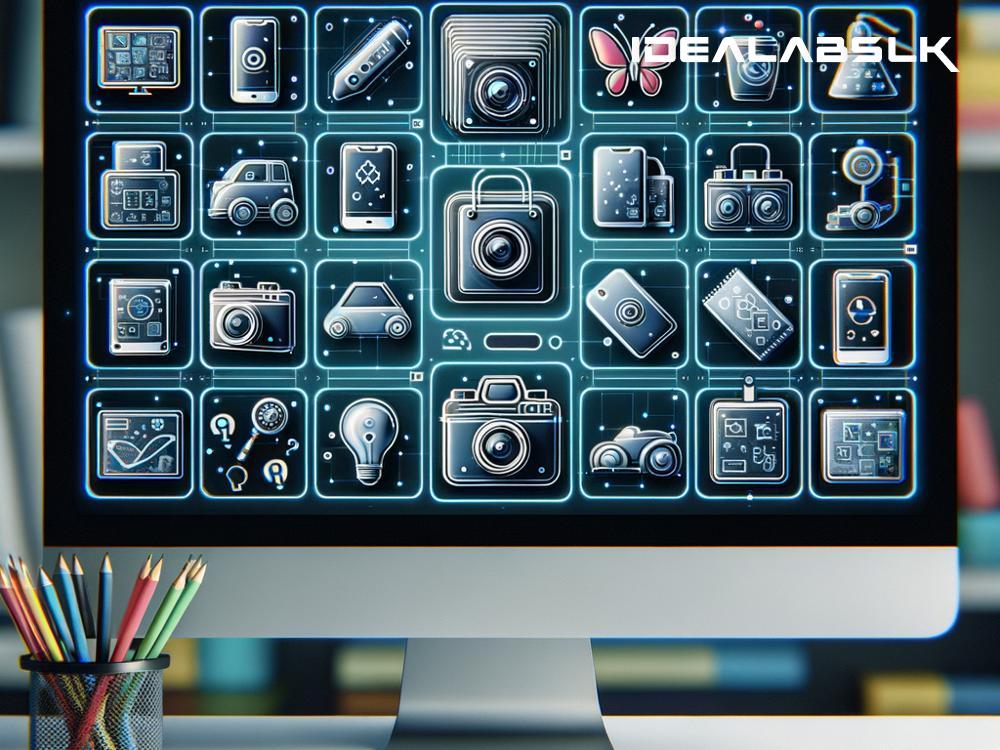Unlocking the Mystery: How AI Powers Object Detection
In a world where technology feels like magic, artificial intelligence (AI) stands out as a real-life wizard. Among its numerous tricks, object detection is a spellbinding example. But how exactly does AI pull this rabbit out of its digital hat? Today, we're unraveling the mystery of how AI works in object detection in terms that anyone can understand. So, sit back, relax, and prepare to be amazed by the wizardry that powers our increasingly smart devices.
The Eyes of AI: What is Object Detection?
Imagine you're looking at a photo from your last birthday party. Your brain effortlessly picks out people, presents, and balloons. Object detection is a smart technology's way of doing the same trick—identifying and locating objects within images or videos. It's the secret sauce behind your smartphone camera's ability to recognize faces, security systems detecting intruders, and even self-driving cars identifying pedestrians, traffic lights, and other vehicles.
Teaching the Machine: How AI Learns to Detect Objects
The journey of teaching an AI to detect objects starts with something called machine learning (ML), a subset of AI. This process involves feeding the AI tons of images that are meticulously labeled. For instance, in teaching AI to recognize a cat, it's shown thousands or even millions of pictures of cats, each tagged as "cat."
This process is akin to educating a child by showing them pictures of objects and naming those objects repeatedly. Over time, just as a child learns to identify and differentiate between objects, the AI develops a keen eye for recognizing various objects in images it has never seen before.
Recognizing Shapes and Patterns: The Core of Object Detection
At the heart of object detection lies the AI's ability to recognize complex patterns and shapes. This is powered by a specific type of neural network called Convolutional Neural Networks (CNNs). These networks are especially good at picking up the spatial hierarchies in images—shapes, textures, and objects.
Imagine squinting your eyes while looking at a distant tree. Even though you might not see all the details, you can recognize it by its overall shape and texture. CNNs do something similar but in a much more sophisticated way, analyzing various aspects of images at multiple levels to understand what they depict.
The Detection Process: Breaking it Down
When an AI trained in object detection looks at an image, it doesn't see the picture as you do. Instead, it scans the image bit by bit, analyzing every region to identify familiar patterns it has learned during its training phase. The process involves several steps:
- Dividing the Image: The AI divides the image into multiple regions or segments.
- Feature Analysis: For each region, the AI analyzes the features, looking for patterns or elements it recognizes as part of objects it's been trained to detect.
- Object Recognition: When it finds a match with enough confidence, it labels that region accordingly (for instance, as a "cat," "dog," or "car").
- Bounding Boxes: Finally, it draws a bounding box around the object and labels it, effectively "detecting" the object within the image.
Continuous Learning: The Growth of AI
What's truly fascinating about AI in object detection is its ability to learn and improve over time. With advancements in deep learning, AIs can use feedback and additional data to refine their detection capabilities, making them more accurate and efficient in recognizing a broader array of objects under various conditions.
Transforming the World Around Us
The implications of AI-powered object detection are profound, extending far beyond tagging friends in social media photos. From enhancing security systems to enabling autonomous vehicles, improving healthcare diagnostics, and revolutionizing retail experiences, the potential applications are as boundless as they are exhilarating.
Simplifying the Complex
At its core, object detection is about teaching computers to see and understand the world in a way that mirrors human perception—but at an exponentially faster speed and often with greater accuracy. By harnessing the power of machine learning and neural networks, AI is not just detecting objects; it's opening doors to endless possibilities that will continue to transform our lives in ways we've only just begun to imagine.
Hopefully, this peek behind the curtain has demystified how AI works in object detection. Far from being an impenetrable mystery, it's a testament to human ingenuity and a preview of the intelligent systems set to redefine our future.

